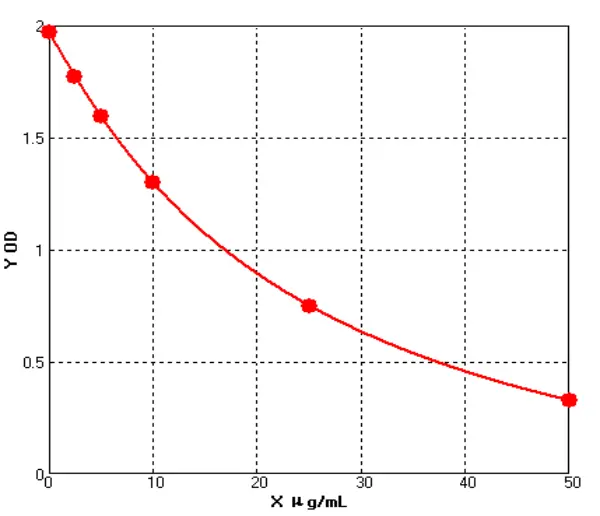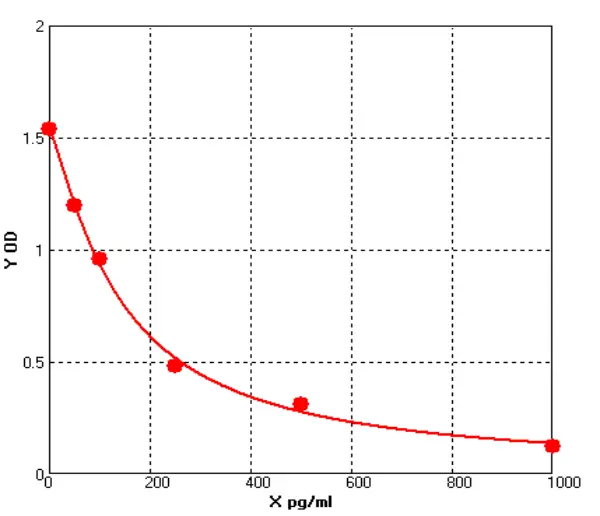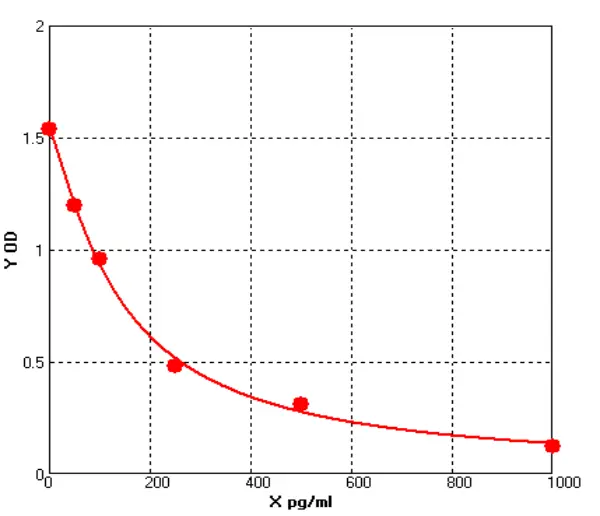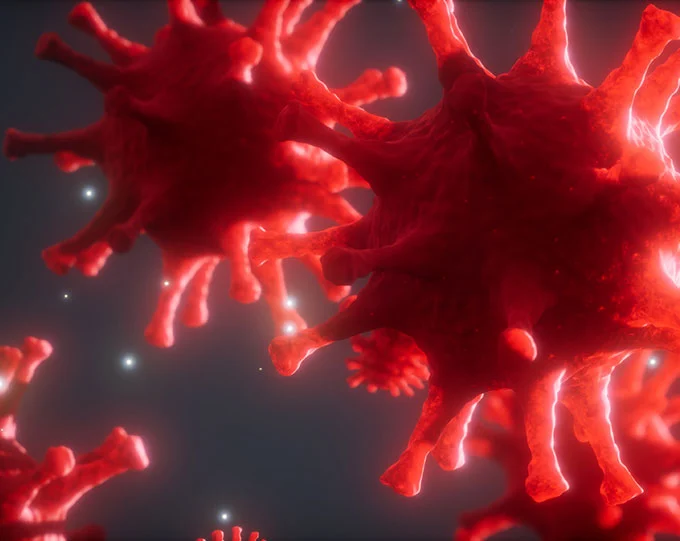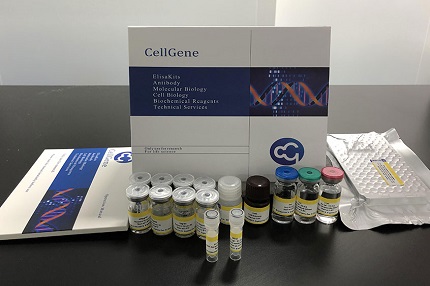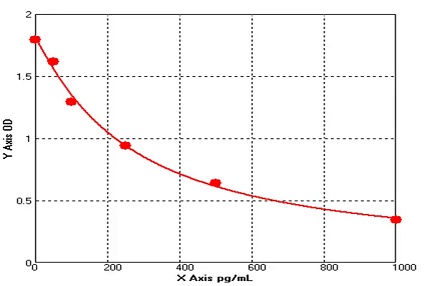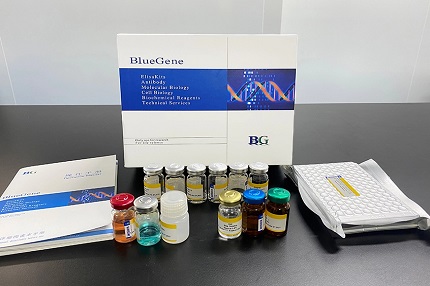- Host Cell Protein Detection Kits
- Host Cell DNA Residue Detection Kits
- Antibodies
- Recombinant Proteins
- ELISA Kits
- Cellular Component Protein Library
- Plasmids
- Promotions
-
Collagen 1 ELISA: Principle, Advantages, and Clinical Applications
The principle of the Collagen 1 ELISA is to use the enzyme-linked immunosorbent assay (ELISA) technology to quantitatively detect the ColⅠcontent in samples through a double-antibody sandwich method....
Apr.18, 2025Read More > -
Monitoring Chronic Diseases Using BFGF ELISA Kit
Chronic diseases pose a significant challenge to global health, often accompanied by long-term inflammation, tissue damage, and repair processes. In the study of these diseases, basic fibroblast growt...
Apr.16, 2025Read More > -
The Need for Methamphetamine Residue Detection
Methamphetamine, as a commonly abused drug, has seen increasing concern over its residue in food and pharmaceuticals. With the growing threat of drug abuse to public safety and health, regulatory agen...
Apr.14, 2025Read More >
BlueGene Biotech's Research For Cell Biology
1. Three Levels Of Cell Biology
The development of cell biology could be divided into three levels: microscopic, ultrastructural and molecular levels. It studies cell structure and function at these three levels. Cell proliferation, differentiation, metabolism, movement, aging, death, cell signal transduction, cell gene expression and regulation, cell origin and evolution, and other major life processes.
2. The Importance Of Cell Biology
Cell biology makes extensive use of the achievements of adjacent disciplines and draws on the strengths of others in technical methods. Anything that can solve problems will be used. For example, molecular biology is used to study the structure of genes, biochemistry and molecular biology are used to study various nonhistones on chromosomes, and their regulation and control on gene activities, or use immunological methods to study the distribution of various cytoskeleton proteins (tubulin, microfilament and various medium fibrin) in cells and their changes in life activities.

